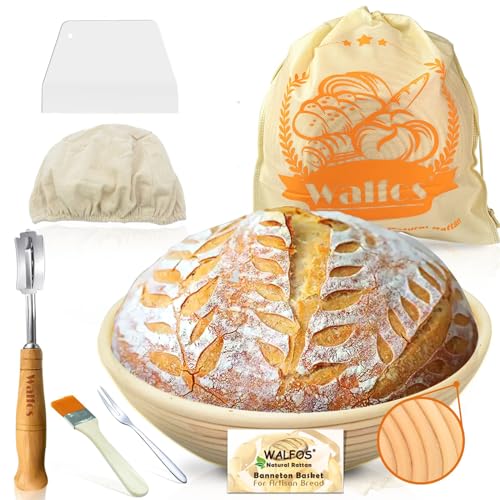Why Use a Bread Proofing Basket?
Bread proofing baskets, also known as bannetons, help to shape and support bread dough during the final rise before baking. Typically made of wicker or plastic, these baskets create the perfect environment for dough to develop a beautiful crust and a light, airy texture. But do you need to flour your bread proofing basket before use?
Benefits of Flouring Your Bread Proofing Basket
Flouring your bread proofing basket helps to prevent dough from sticking to the sides of the basket during the final rise. This is especially important for wetter doughs, which can become difficult to remove from the basket without tearing or deflating. Additionally, flouring can help to create a crisp, floured crust on your bread, adding to its visual appeal and texture.
How to Flour Your Bread Proofing Basket
To flour your bread proofing basket, simply dust a small amount of organic wheat flour or rice flour onto the inside of the basket, making sure that all surfaces are evenly coated. Be sure to use a flour that won’t burn easily in high temperatures, as bread proofing baskets are often heated before baking.
Alternatives to Flouring Your Bread Proofing Basket
If you prefer not to use flour on your bread proofing basket, there are a few alternatives you can try. Coating the basket with a thin layer of oil or butter can help to prevent sticking without affecting the crust of your bread. You can also line the basket with a clean cloth, such as a linen tea towel, to create a barrier between the dough and the basket.
Cleaning Your Bread Proofing Basket
It’s important to properly clean your bread proofing basket after each use to prevent mold and bacteria from forming. Brush out any excess flour or dough with a clean, dry brush, and wipe the basket down with a damp cloth. If necessary, use a small amount of mild dish soap to remove any stubborn residue, but be sure to rinse the basket thoroughly and allow it to fully dry before storing.






